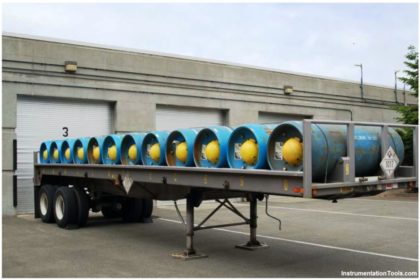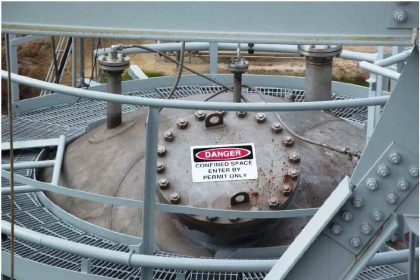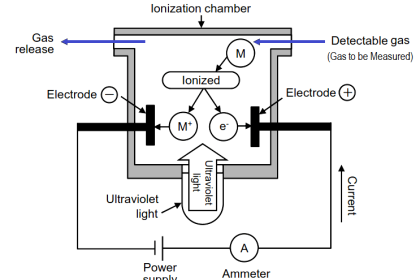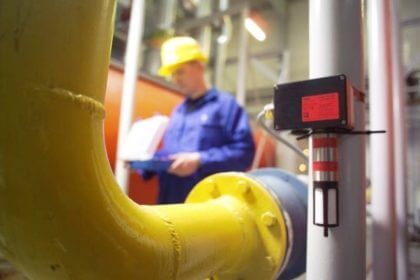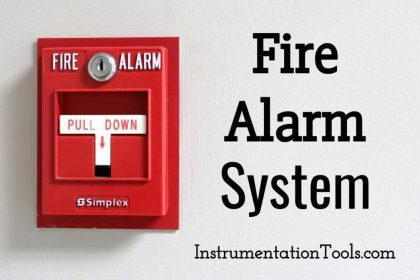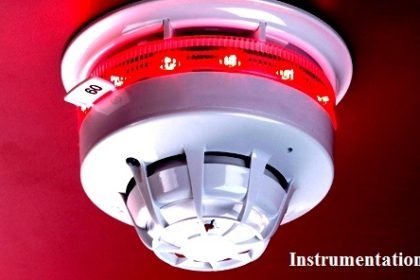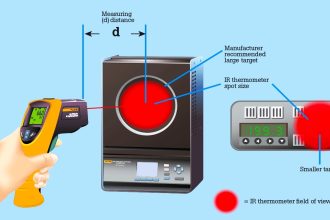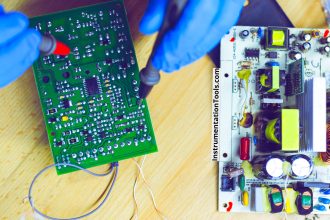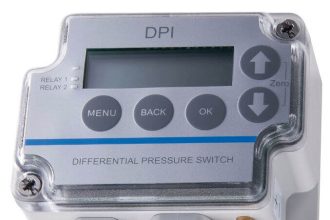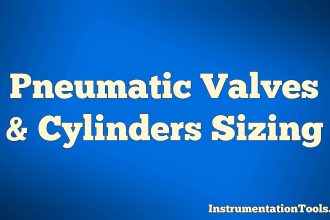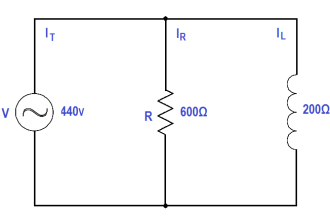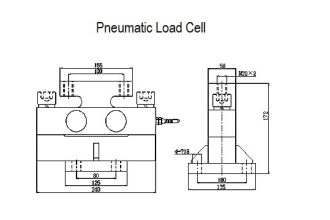In buildings, fire protection is a must. Big buildings and industrial premises mostly have HVAC systems in them for air ventilation, cooling, or heating purposes. If fire catches in such systems, then it spreads immediately and causes large-scale destruction, due to air circulation or air blockage. To prevent this, a device called a fire damper is deployed in HVAC systems to protect against the spread of fire. The whole concept is to keep the fire confined to its origin point and prevent it from spreading. This work is done properly with the help of fire dampers. In this post, we will see the use of fire dampers in fire protection.
What is a fire damper?
Refer to the below image. Imagine you have an AHU or air handling unit system installed in your plant that supplies cool air to various zones. The zones are interconnected in such a way that cool air passes through various zones. If fire catches somewhere, then this fire would spread through all the zones as air would aid it’s passage.
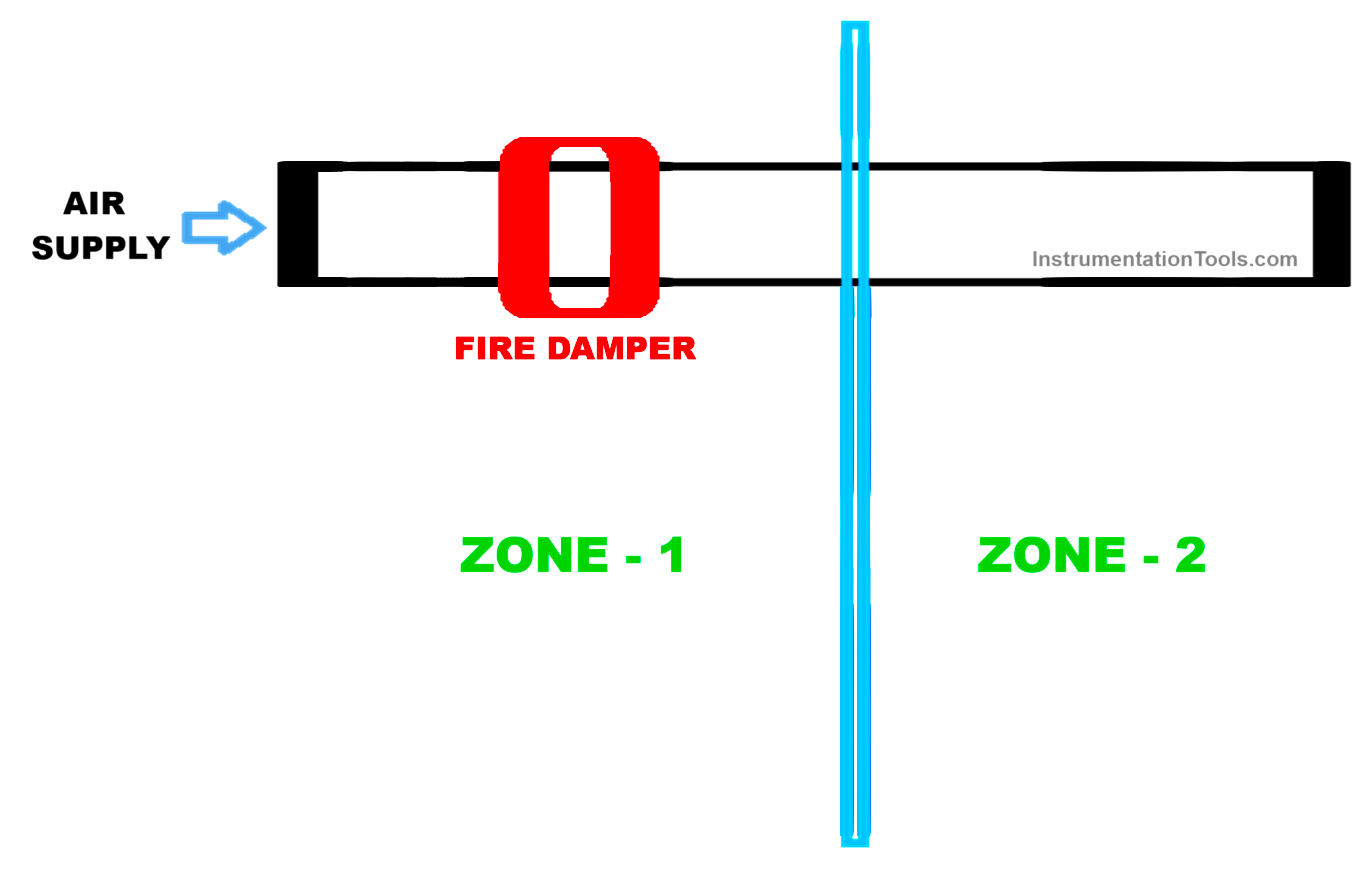
To block this, we installed a fire damper in the path. In the event of a fire, the damper will close and block the flow of fire through it. So, the installation of fire dampers depends on their usage. If you find that a particular zone itself is combustible and can catch fire at any time due to usage inside, then you can install a fire damper in such a way that it prevents fire from spreading from that zone, instead of blocking fire from the air duct.
How much time the fire damper can withstand fire depends on its ratings. It usually comes on an hour basis; this means it can withstand either for an hour or even up to 6 hours and maintain its structural and physical integrity. So, do not get confused by that term when you choose the fire damper for your application.
Fire dampers can then be used with other safety systems like water sprinklers or fire extinguishers in tandem or conjunction, which help to quickly prevent the fire from spreading throughout the whole premises like a wildfire. Also, fire dampers are different from smoke dampers; do not get confused thinking both are the same. A smoke damper will detect even smoke, which makes it quicker to prevent the fire from spreading. A fire damper, on the other hand, will detect actual fire, which will be very hot and high in temperature.
Fire dampers are mainly classified based on air pressure, which can be low, medium or high. Based on the air pressure, the construction of the fire damper varies, which helps the user to properly select the damper based on your application.
Operation of the fire damper
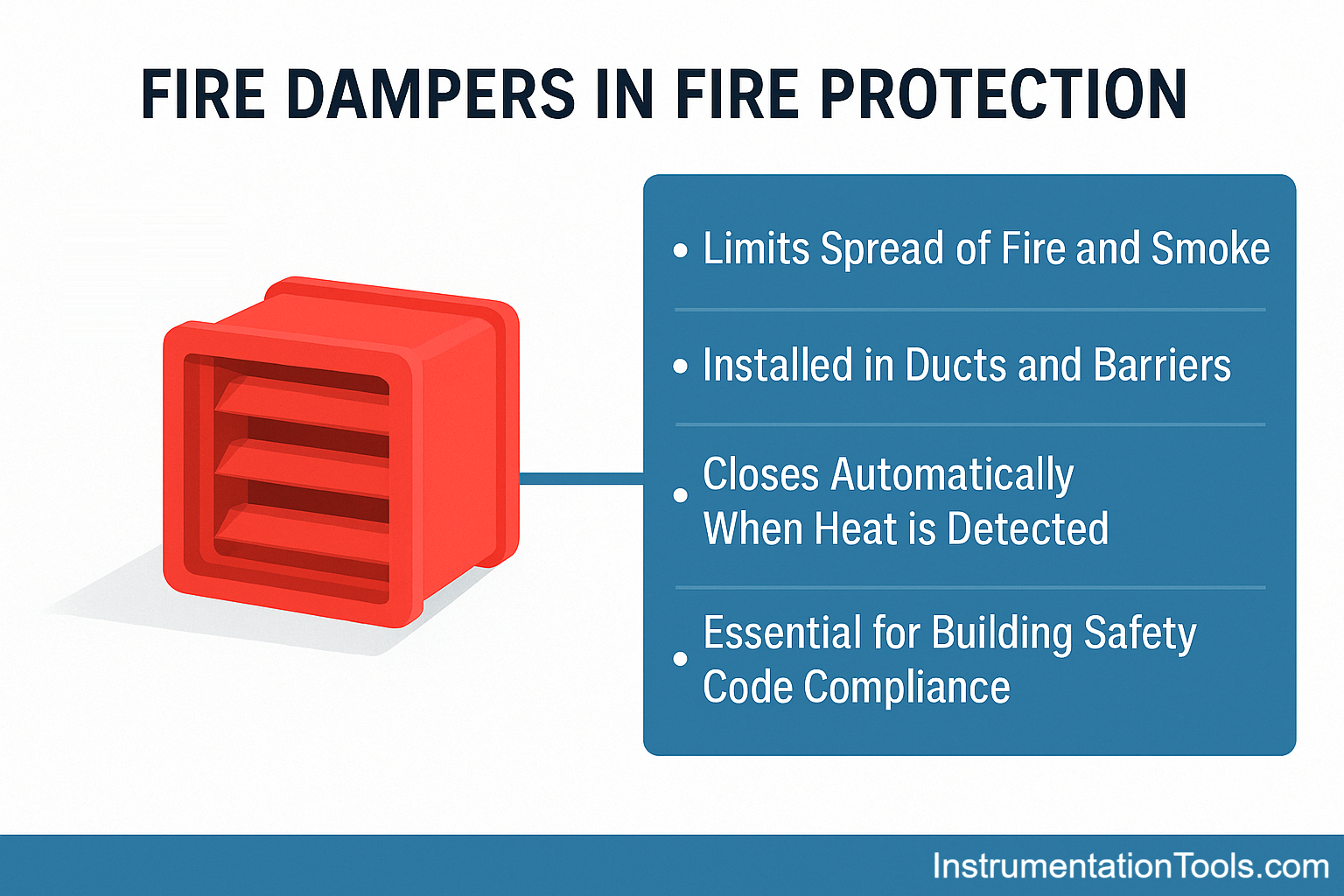
As we saw earlier, a fire damper detects fire and closes. So, how does it work? A fire damper has flaps, which normally remain open to allow the air in under proper conditions. It will be installed near ducts or return/supply air plenums near the rooms (as discussed, it entirely depends on your requirement), either vertically or horizontally. The fire damper can be operated either in a passive way or electrically controlled.
Let us first discuss the passive method. It has a fusible link, which melts when the temperature becomes too high. In that event, the link will melt, which will trigger a return spring to close the flaps immediately. This is thus entirely a mechanical action. It remains closed until manually reset by the user by first changing this link. Now, in the electrical method, the damper is controlled by a controller. The controller will take feedback from a fire sensor, and when it senses, it will command the actuator of the fire damper to close.
In any case, the damper will not open automatically. It needs to be reset manually by the user after asserting that the fire has been extinguished from the system. It will then again come back to operation. Fire dampers also come in various international standards of NFPA (National Fire Protection Association) and UL (Underwriter’s Association), which helps the user to understand the specifications and their safety compliance and regulations. The fire damper needs to be installed in such a way that it is easy to access for maintenance. So, before the start of construction of the HVAC system, the engineers need to carefully consider their placement, so that any untoward incident is further prevented when the system is running.
In this way, we saw the role of fire dampers in fire protection.
Read Next:
- What is a Gas Leak Detection System?
- Negative Readings in Gas Detector
- Heat Detector Testing Procedure
- Fire Pump – Definition, Principle
- Rate Compensated Heat Detector
